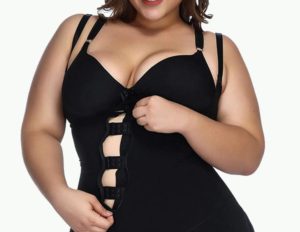
3 Must-ask Questions About bandhani saree- the Heritage of The Desert
The folk dancers making turns in their bright-coloured ghagras, the majestic and colourful turbans and the vivid colours of fabric are the images that will come to your mind at the very mention of the term “Bandhani“. Indeed, a bandhani saree has become a symbolic representation of the heritage of the deserts in the country.
But you need to know that Bandhani is not like the com on artforms or fabric work. It is special in terms of the labour, craftsmanship and emotion that make each masterpiece. As you debate on whether to invest in bandhani, you should definitely get the answers to a few common questions that will help in clarifying some doubts.
Question #1: What is the concept of Bandhani?
The word Bandhani derives from the Sanskrit or Hindi words “Bandhana” or “bandha”, which implies “tying” or “to tie.” Bandhej is just a simple variation of the term. It essentially talks about the tie and dye artform of the fabrics where the artisans will use impermeable threads to tie portions of the fabric and implement the resist-dyeing technique. It will aid in creating the wonderful patterns on the bandhani suits.
Question #2: What are the common materials in use for creating bandhani?
Every artist has to start the work with an unbleached and white piece of fabric. The designers will use thick cords to cast the designs. For casting, the designers use the Geru mixture, which is a mixture of water and red or orange earth.
- Nowadays, many leading manufacturers are using stencils of stiff plastic sheets to make the prints as the demand is increasing day by day. It takes months to create one piece of handwork. So it won’t be possible to cater t the high demands if the designers don’t use the stencils.
- The dyes are essentially eco-friendly. It ensures that you won’t develop any skin allergy on skin exposure to the dyes.
- The process involves the use of thick and impermeable cotton strings.
The process is unique, and the labour that goes in for creating the bandhani dupattas and sarees is the foremost reason for the high price.
Question #3: What fabrics are ideal for Bandhani work
As you will see, that bandhani work is available on a wide variety of materials.
- The traditional process involves using fine quality cotton from mills to create the works. Muslins are also a good choice.
- But the contemporary artisans are pacing up with the changing fashion trends. So you will find the bandhani lehengas on fine georgette materials, modal silks, silk-cotton blends, and even art silks.
The Jhankaar bandhanis are high-end products that you will also get at Khatri Jamnadas Bechardas. In this style, the artisans use pure Banarasi brocade borders on georgette to create the bandhani.
Expensive artform
Don’t shy away from seeing the price of the bandhanis. Although the price range itself is on a higher scale, it’s worth buying the sarees and lehengas. These are like the valuable assets that you can pass on to the next generation too.


